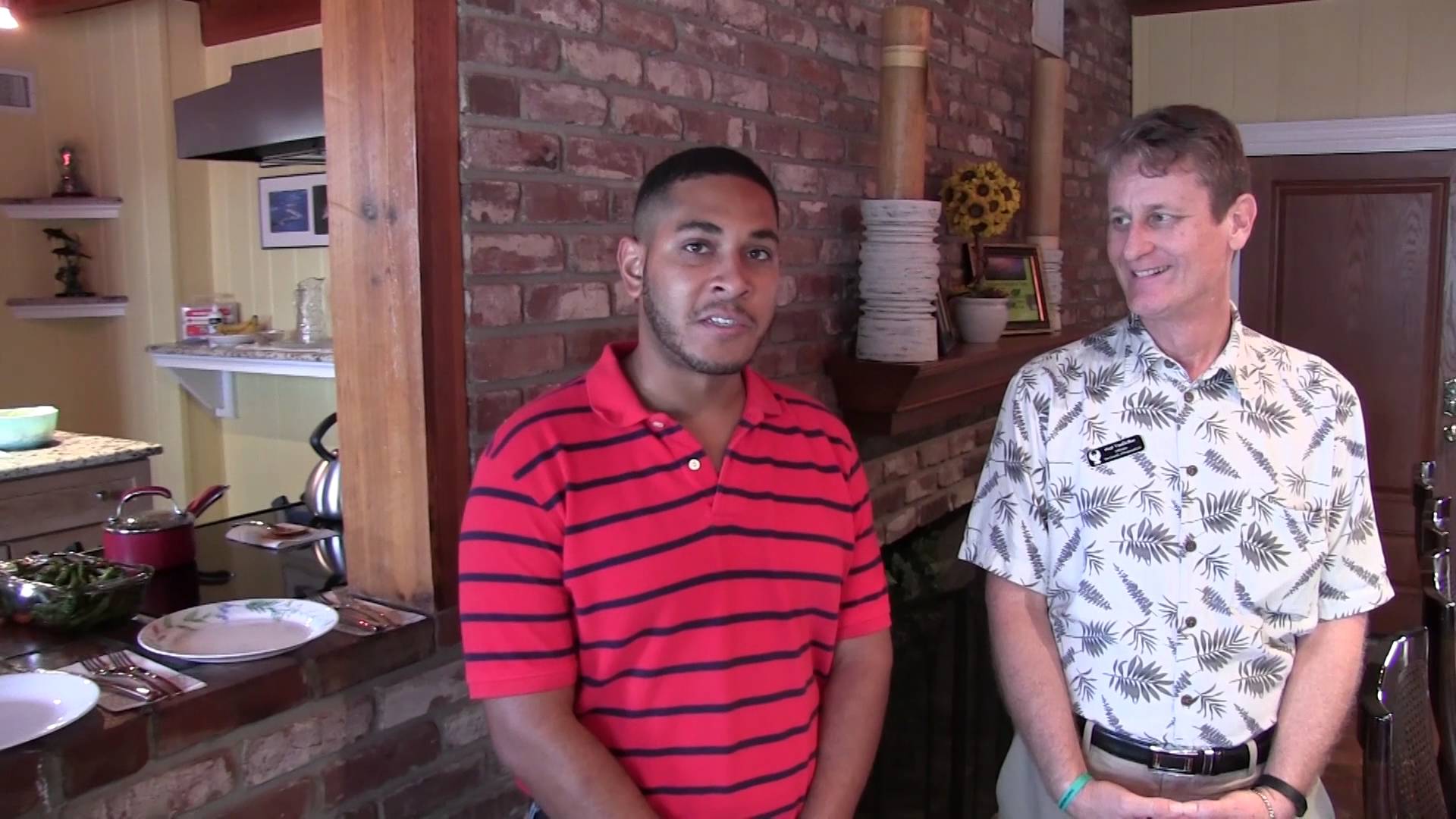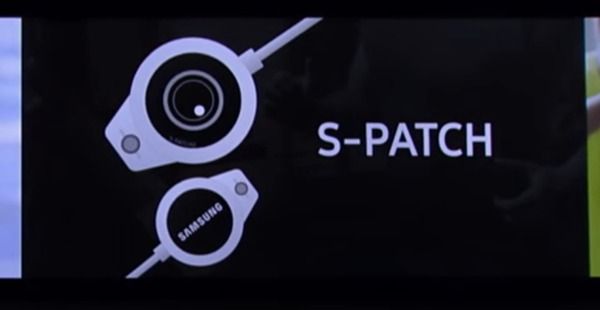Jan 13, 2016
New Battery From Stanford Can Turn Itself On and Off
Posted by Shailesh Prasad in category: energy
This battery technology could potentially end the hassles of overheating tech (so say “goodbye” to battery fires).

This battery technology could potentially end the hassles of overheating tech (so say “goodbye” to battery fires).
A novel rechargeable battery developed at MIT could one day play a critical role in the massive expansion of solar generation needed to mitigate climate change by midcentury. Designed to store energy on the electric grid, the high-capacity battery consists of molten metals that naturally separate to form two electrodes in layers on either side of the molten salt electrolyte between them. Tests with cells made of low-cost, Earth-abundant materials confirm that the liquid battery operates efficiently without losing significant capacity or mechanically degrading—common problems in today’s batteries with solid electrodes. The MIT researchers have already demonstrated a simple, low-cost process for manufacturing prototypes of their battery, and future plans call for field tests on small-scale power grids that include intermittent generating sources such as solar and wind.
This is an interesting conjecture.
We may be able to keep our gut in check after all. That’s the tantalizing finding from a new study published today that reveals a way that mice—and potentially humans—can control the makeup and behavior of their gut microbiome. Such a prospect upends the popular notion that the complex ecosystem of germs residing in our guts essentially acts as our puppet master, altering brain biochemistry even as it tends to our immune system, wards off infection and helps us break down our supersized burger and fries.
In a series of elaborate experiments researchers from Harvard Medical School and Brigham and Women’s Hospital discovered that mouse poop is chock full of tiny, noncoding RNAs called microRNAs from their gastrointestinal (GI) tracts and that these biomolecules appear to shape and regulate the microbiome. “We’ve known about how microbes can influence your health for a few years now and in a way we’ve always suspected it’s a two-way process, but never really pinned it down that well,” says Tim Spector, a professor of genetic epidemiology at King’s College London, not involved with the new study. “This [new work] explains quite nicely the two-way interaction between microbes and us, and it shows the relationship going the other way—which is fascinating,” says Spector, author of The Diet Myth: Why the Secret to Health and Weight Loss Is Already in Your Gut.
Continue reading “Does our Microbiome Control Us or Do We Control It?” »
DNA-based lock-and-key pore design allows for precision delivery of drugs to cancer and other cells (credit: Stefan Howorka and Jonathan Burns/UCL)
Scientists at University College London (UCL) and Nanion Technologies in Munich have developed synthetic DNA-based pores that control which molecules can pass through a cell’s wall, achieving more precise drug delivery.
Therapeutics, including anti-cancer drugs, are ferried around the body in nanoscale carriers called vesicles, targeted to different tissues using biological markers. The new DNA-based pore design is intended to improve that process.
Cancer cells (credit: iStock)
Diclofenac, a common painkiller, has significant anti-cancer properties, researchers from the Repurposing Drugs in Oncology (ReDO) project have found.
ReDO, an international collaboration between the Belgium-based Anticancer Fund and the U.S.- based GlobalCures, has published their investigation into diclofenac in the open-access journal ecancermedicalscience.

My new story for Tech Insider on transhumanism (check out the embedded video too):
The future of the human race.
Every week, we’re bombarded with images of dazzling terrains on Mars and Pluto, but there are still geologic wonders to be discovered right here on Earth. Case in point: a new study suggests there could be a canyon system more than twice as long as the Grand Canyon buried beneath an ice sheet in Antarctica. If confirmed, the frozen chasm would be the world’s longest by a wide margin.
Faint traces of a ravine system stretching across the remote Princess Elizabeth Land in East Antarctica were first spotted by satellite images. A team of geologists then used radio-echo sounding, wherein radio waves are sent through the ice to map the shape of the rock beneath it. The results of this analysis, published recently in the journal Geology, reveal a chain of winding features over 600 miles long and half a mile deep buried beneath miles of ice.
According to the researchers, the scarred landscape was probably carved out by liquid water long before the ice sheet grew. Satellite images also suggest that the canyon might be connected to a previously undiscovered subglacial lake, one that could cover up to 480 square miles.
““Your quest stands upon the edge of a knife. Stray but a little and it will fail, to the ruin of all.” So says Galadrial to the fellowship sent to destroy the One Ring in The Lord of the Rings. But that advice might as well be directed to the burgeoning virtual reality industry. Early optimism that the second coming of VR, after a false start in the 1990s, will blossom into a new mainstream medium could collapse into despair, with the technology joining 3D television as another misfire.”
Bioengineers and cognitive scientists have developed the first portable, 64-channel wearable brain activity monitoring system that’s comparable to state-of-the-art equipment found in research laboratories.

https://youtube.com/watch?v=yCXOlBTRumM
 A couple weeks ago Samsung affirmed its ongoing commitment to the digital health space with the release of the Bio-Processor. The Bio-Processor is a single, compact chip that is capable of measuring PPG, ECG, skin temperature, GSR, and body fat. While it’s already in mass production and anticipated to be found in devices soon, Samsung took some time during its CES press event to demonstrate the Bio-Processor’s power in a prototype device called the S-Patch.
A couple weeks ago Samsung affirmed its ongoing commitment to the digital health space with the release of the Bio-Processor. The Bio-Processor is a single, compact chip that is capable of measuring PPG, ECG, skin temperature, GSR, and body fat. While it’s already in mass production and anticipated to be found in devices soon, Samsung took some time during its CES press event to demonstrate the Bio-Processor’s power in a prototype device called the S-Patch.
Not a lot was said about the S-Patch, but it’s a reference platform and won’t enter production. Because the Bio-Processor is built into the S-Patch, both data collection, storage, and processing takes place on the device itself. The brief demo also showed the S-Patch wirelessly transmitting real-time data (we assume via Bluetooth) to a mobile device.
